Gallery
.jpg)
Site Plan of Alaska
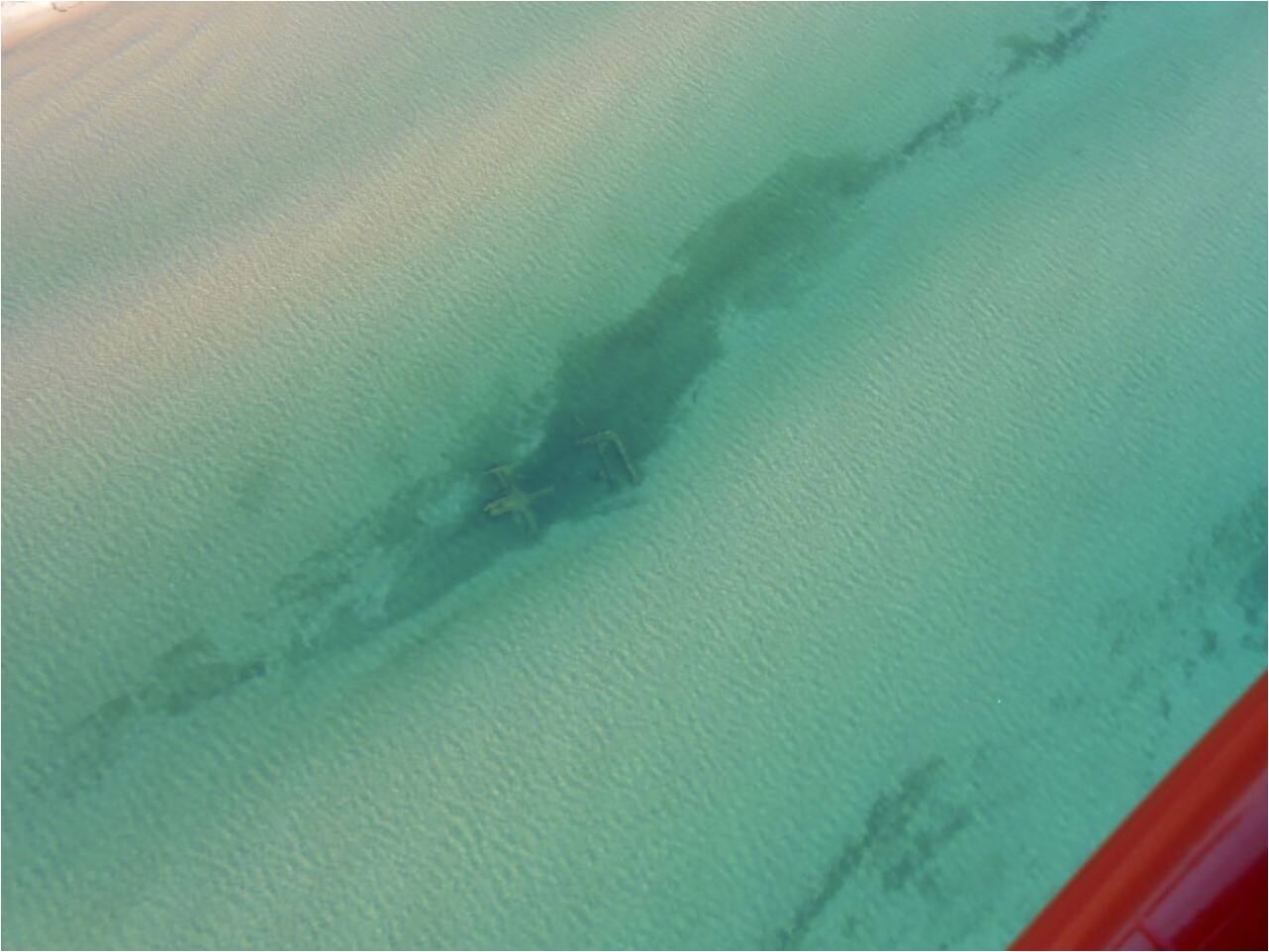
Image of the Alaska Wreck Site from the Air
.jpg)
Alaska as seen from the surface of the water
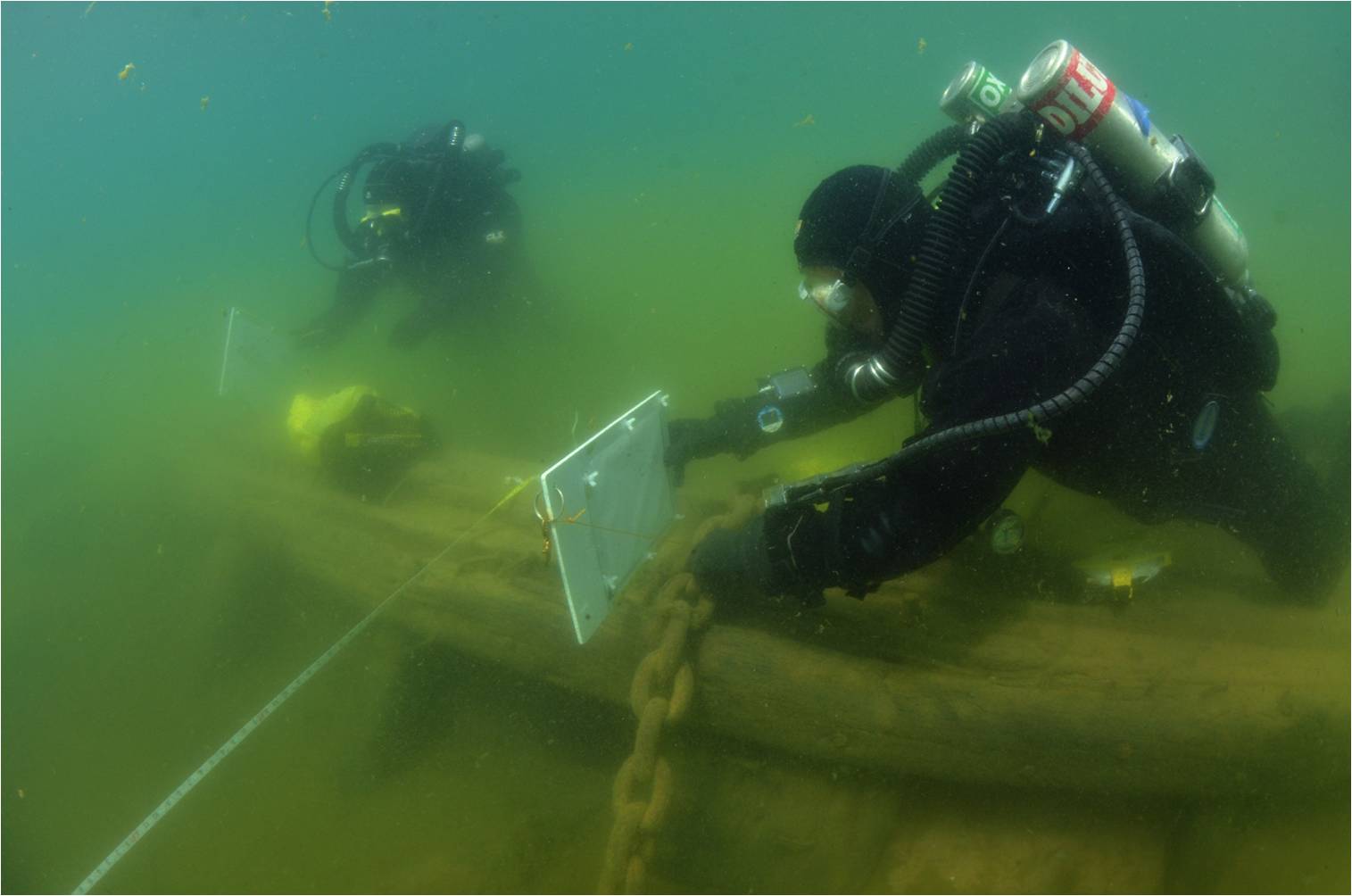
Archaeologists investigate Alaska's anchor chain and bow
.jpg)
Alaska's port side and bow (note square shape of scow schooners)
.jpg)
Alaska's large, wooden windlass half buried in silt
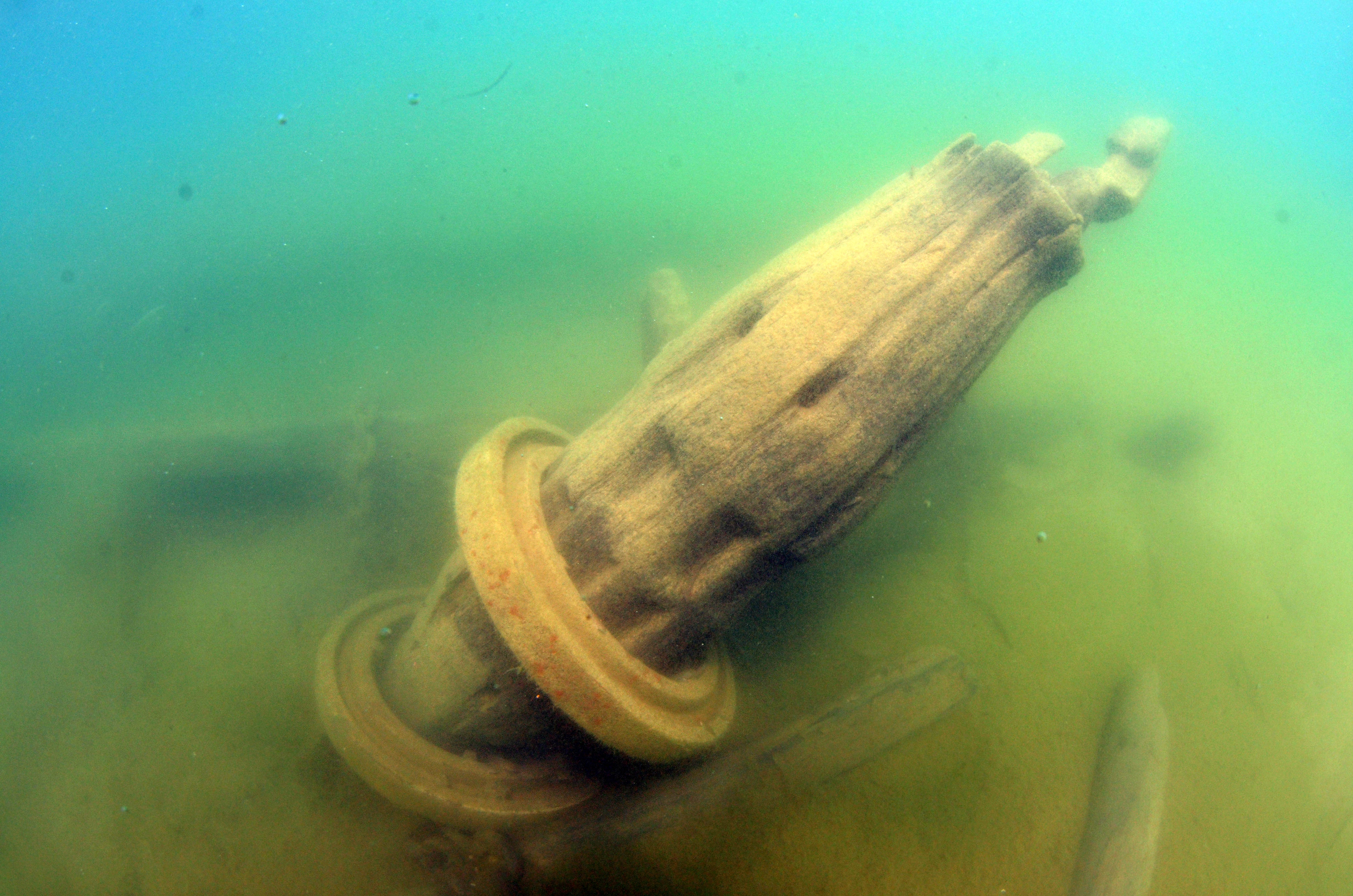
Close up of Alaska's Windlass
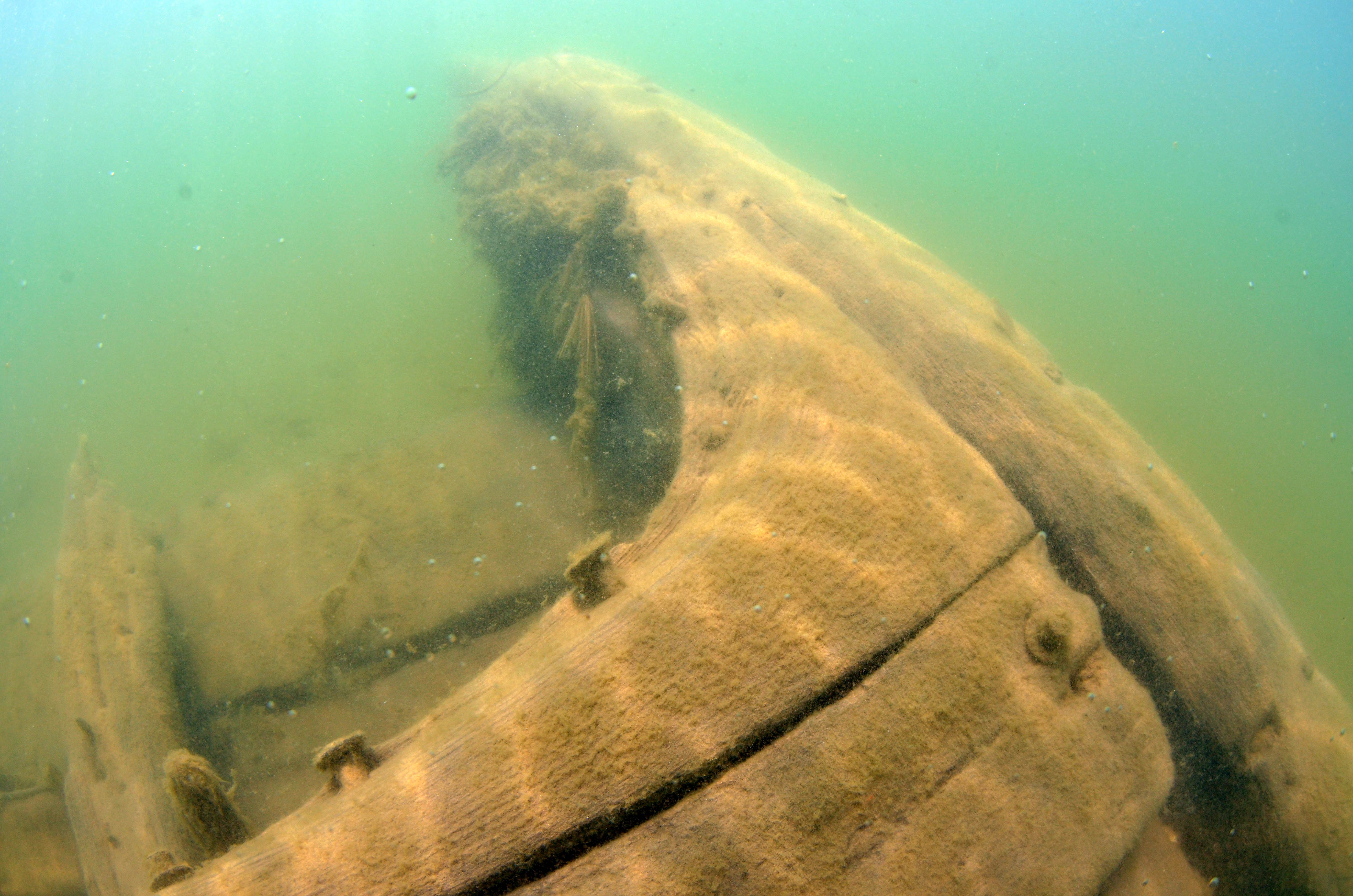
Close up of Alaska's Knees
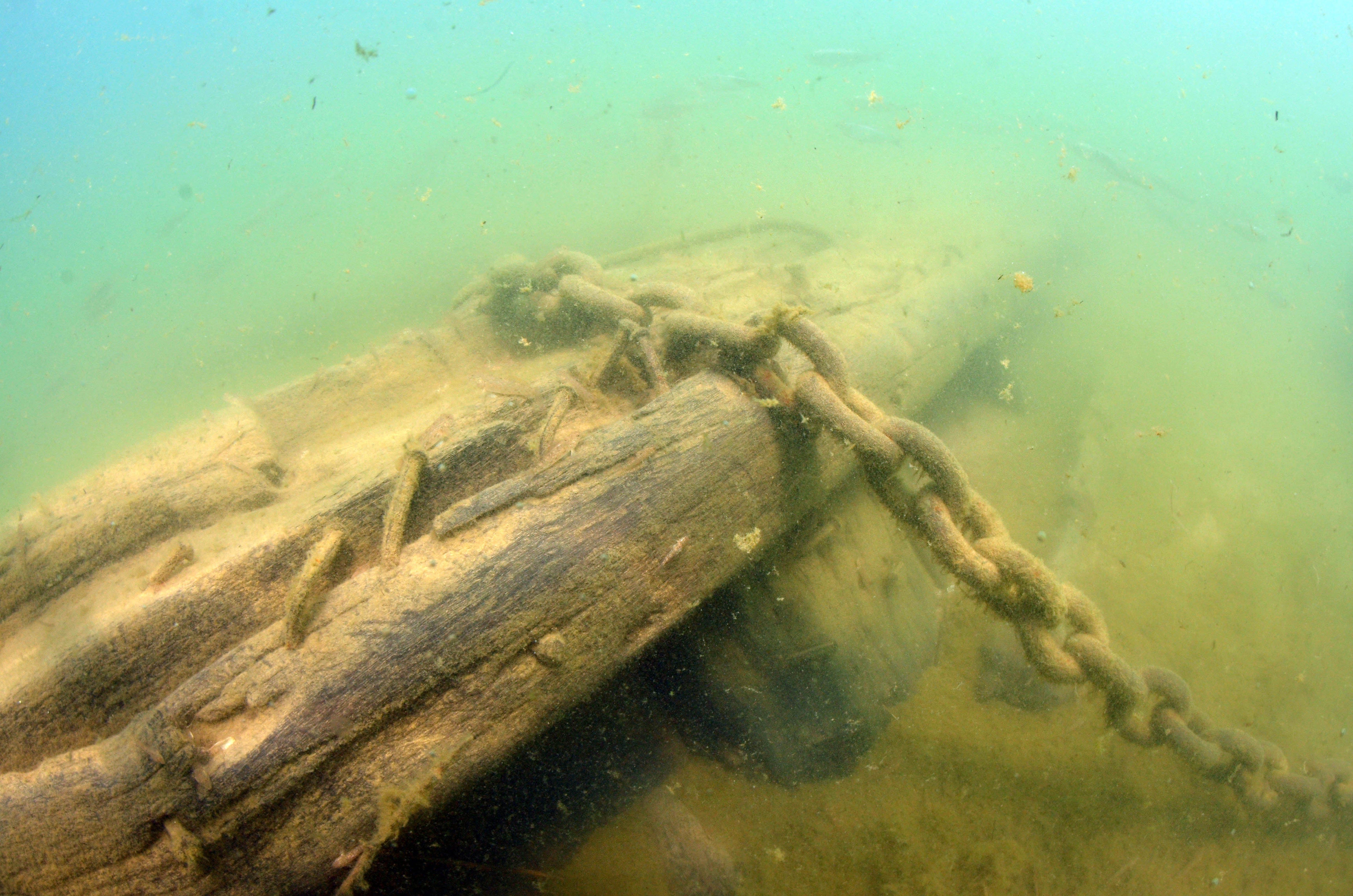
Close up of Alaska's Anchor Chain Still Draped Across the Wreck
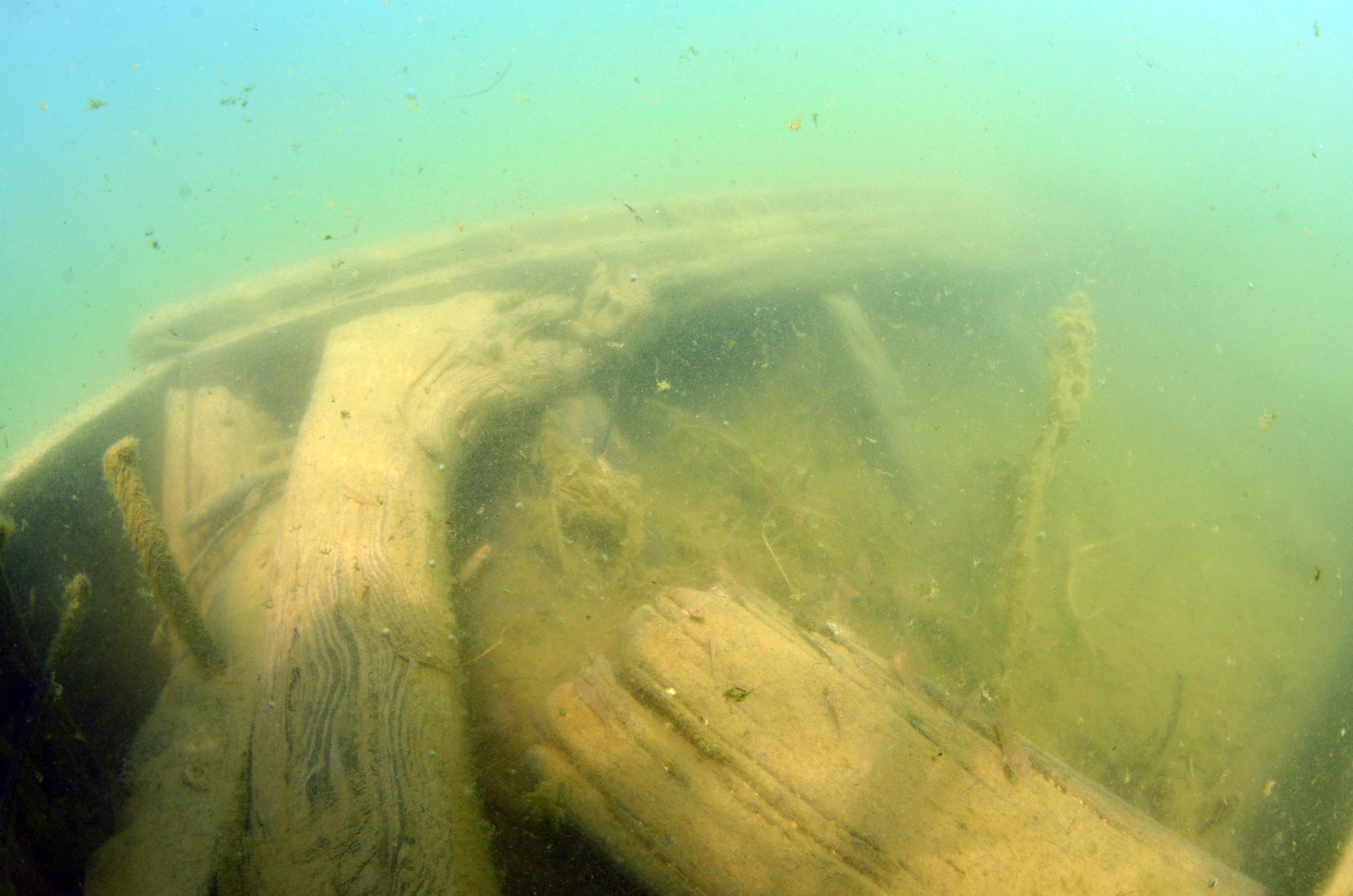
Closeup of Alaska's Bow

 Confirmed Location
Confirmed Location
 Unconfirmed location
Unconfirmed location